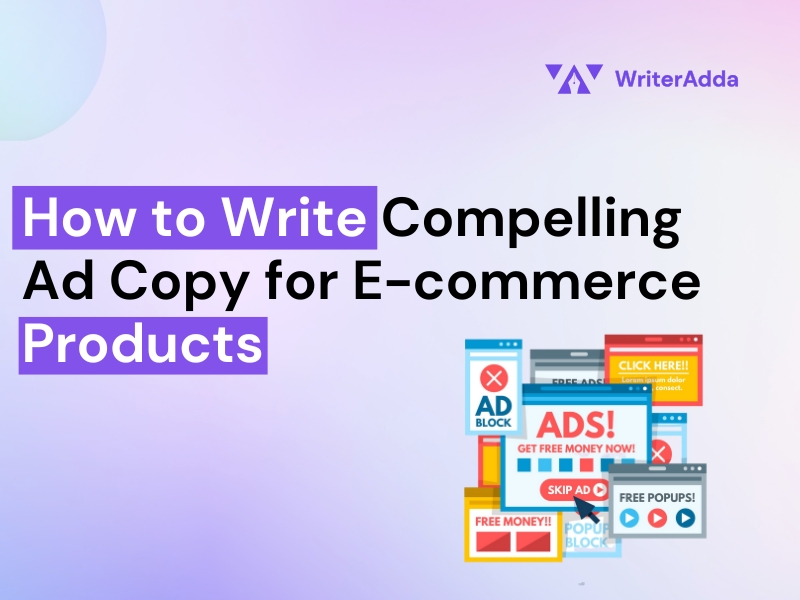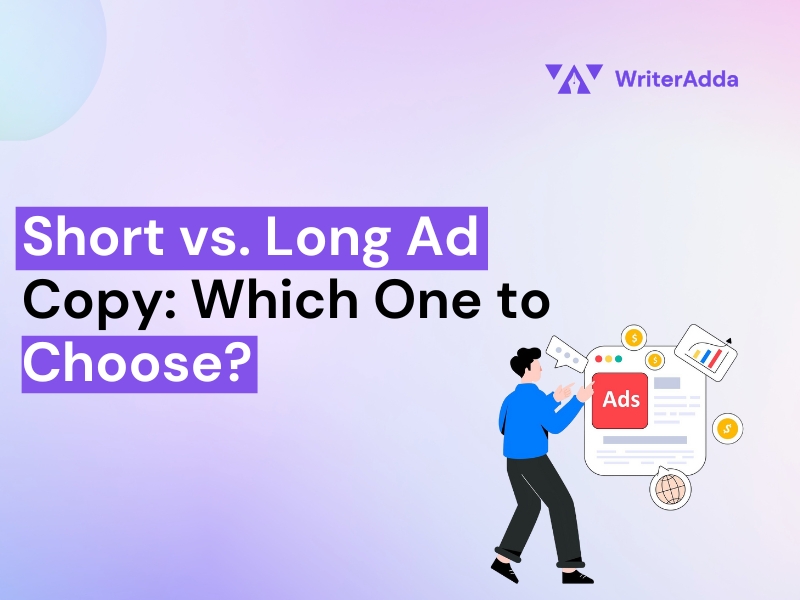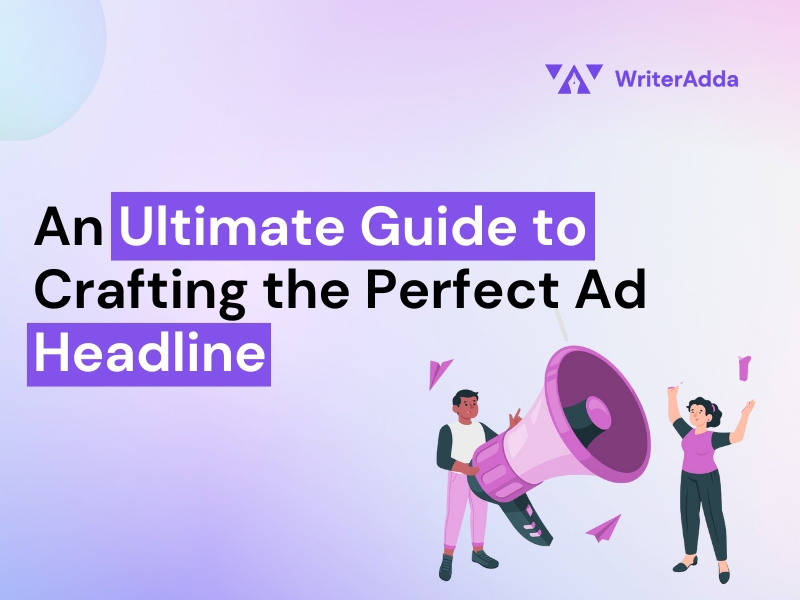In the dynamic realm of digital design, typography is the foundation of visual communication where every stroke, curve, and flourish hold the power to convey the message, evoke emotions, and attract an audience. In the world of art and design, lettering simply means the creative usage of letters and words to create stylish creations. Lettering converts simple words into a work of art with the help of elegant lines, creative flair, and stylish fonts.
With the advancement of technology, mastering the art of digital lettering has become more crucial for developing visually appealing and successful designs. It opens up a world of endless possibilities where creativity reigns supreme and stylish letters convey messages and emotions effectively. From graphic design and business letterheads to advertising and social media, digital lettering is helpful in every project due to its versatility and power to attract an audience. Whether you are an experienced designer, or an aspiring artist interested in lettering, this style guide serves as a compass for navigating the broad universe of digital typography.
What is Digital Lettering, and Why is it Important?
Digital Lettering is the process of creating stylish designs and calligraphy on an iPad or tablet using digital tools like a stylus or digital design software. It includes digital drawings, animations, motion graphics, 3D graphics, video editing, and many more. Digital lettering offers more flexibility, versatility, and precision compared to traditional hand lettering. Popular digital lettering styles include calligraphy-inspired lettering, brush lettering, hand-drawn lettering, and retro lettering. Digital lettering is important for the following reasons:
Distinctive Brand Identity:
Different lettering styles help establish a unique online identity by visually conveying the brand’s personality. Whether you choose modern fonts or traditional ones, each communicates the formality, tone, and personality of the brand and delivers the message effectively.
Emotional Impact:
Different lettering styles have the power to evoke different emotions in viewers. The type of font, its color, size, style, weight, etc., set the tone and mood of the message and evoke the desired emotions like excitement, sophistication, urgency, etc. For example, flowing scripts evoke sophistication and luxury, bold lettering evokes emotions of strength and power, and so on.
Capture Viewer’s attention:
Bold fonts, vibrant colors, creative designs, stylish layouts, etc., instantly attract the attention of the viewers and work as an amazing magnet in the digital world. Well-crafted typography leaves a long-lasting impression on the audience and enhances overall communication with its creative visual allure.
Information Hierarchy:
Different lettering styles with distinct font sizes, styles, and weights can establish a visual hierarchy, organize information, guide the viewer’s attention, and ensure important information stands out. For example, a large, bold font is used for headlines, slightly smaller for subheadings, and small and light font for the body of the text.
Where to Use Digital Lettering Styles Effectively?
Digital Lettering styles can be used effectively in digital space across various media to enhance communication, evoke emotions, convey messages, and attract an audience. Here are some key areas where you can use digital lettering to level up your creativity and amplify the tone of your message:
- Graphic Design Projects – posters, flyers, banners, and advertisements
- Comic Book Covers
- Web Design – headlines, navigation menus, call-to-action buttons, and other textual content
- Decorative Letters
- Custom graphics
- Digital Signage and Displays
- Motion Graphics and Animation
- Journaling
- UI/UX design
- Social media graphics – inspirational quotes, UGC content, promotional graphics, or branded content
- Illustrations and Artwork
- Packaging Design
- Print Materials
Different Types of Digital Lettering Styles
Whether it’s hand-written lettering or digital lettering, the main element that makes it distinct and unique is its versatile style. Its numerous styles and types, each with its own unique characteristics and aesthetic appeal, elevate the tone and personality of your message. For example – The serif style is utilized in old designs like books, newspapers, magazines, etc., whereas the sans-serif style is more employed in modern designs like websites, social media, and digital apps. Here are some common types:
Sans Serif Lettering
Sans Serif is a clean, minimalistic, elegant, modern lettering style without serifs, edges, tails, marks, or feet. It is the most popular digital lettering style due to its simple, pleasant-looking, and appealing nature. This style is smoother, disarming, and more professional, making it useful for formal writing like emails, business cards, notices, applications, resumes, websites, etc. Examples include Arial, Helvetica, and Futura.
Serif Lettering
Serif is an updated and fancier version of sans serif, which includes small decorative flourishes called serifs or simple small lines at the end of letter strokes. This creative, stylish, and popular lettering style is useful for decorative purposes such as invitation cards, social media content, brochures, newspaper headlines, etc. Examples include Times New Roman, Garamond, and Baskerville.
Script Writing
Script writing or cursive writing is a sophisticated and refined style that is very common in calligraphy art. It is an elegant, decorative, and flowing style used for logos, formal invitations, and decorative purposes. Its unique strokes, fine detailing, and cursive nature make it unusable for writing documents as it is not reader friendly. This style is used only for special occasions, like headings or calligraphy.
Gothic Lettering
Gothic/Blackletter lettering, inspired by medieval calligraphy and resembling medieval scripts, is a traditional lettering style with a sense of history and culture. Its distinct look makes it useful for branding and titles in designing projects, as well as tattoos and signage. It is created by making heavy downstrokes to give bold and intense overtones.
Vintage/Retro Lettering
It is a 70s-style contemporary lettering type that evokes nostalgia for past eras due to its bold and decorative fonts. It includes features like drop shadows, texture overlays, embellishments, serifs, outlines, etc., making it useful for branding, web design, packaging, signage, vintage logos, etc. This style gives the reader an aesthetic, sophisticated, and energetic feel.
Graffiti Lettering
Graffiti is a bold, expressive, and highly stylized lettering style inspired by street art culture. It is one of the best digital lettering styles for modern cityscapes. With its exaggerated proportions, intricate details, and vibrant colors, graffiti lettering can express opinions and emotions clearly and easily. It uses paint brushes, spray paint, and other creative tools to create an artistic expression and strong impact.
Brush Lettering
It is one of the most popular lettering styles that uses a brush to create amazing strokes and foster a pleasant and fun setting. This style is used to create attractive, artistic, and expressive designs that are bold, dynamic, and emotionally engaging. As it is painted with a brush, the depth and weight of design remain in the artist’s hands. Brush lettering is often used for marketing content like flyers, artistic posters, inspirational quotes, brand content, etc.
Modern calligraphy
Modern calligraphy is now widely used in the digital world. This style uses cursive writing but with distinct letters, making it easier to read and understand. It features flowing lines with different thicknesses that can be achieved with the writing instrument. The script, brush, cursive, etc., come under the modern calligraphy category. It’s generally used for creative purposes like wedding invitations, signage, quotes, and social media graphics to add a touch of elegance and personality.
Monoline
Monoline is one of the simplest and clearest lettering styles, where each letter is written in uppercase with unique strokes. In this, each alphabet or letter is of the same width and height, making it similar to a modern typed document. The uniformity of letters makes this style decent and professional for formal purposes like notices, advertising, emails, websites, etc.
The Best Software for Digital Lettering
There is an array of amazing software and tools you can use to learn and practice digital lettering. Your choice of software is determined by your requirements, preferences, and budget. Have a look at the most popular and feature-rich software for lettering:
Adobe Photoshop
Best For: Professional designers looking for customized options
Pros: Dynamic software with diverse drawing and editing features and capabilities, including a range of brushes, layers styles, effects, and other tools.
Cons: Subscription-based pricing model
Adobe Illustrator
Best For: professional designers who seek resizable lettering
Pros: Vector-based software with good features and tools to create scalable and innovative lettering designs
Cons: Steeper learning curve
Procreate
Best for: Digital artists and lettering beginners finding a user-friendly app with advanced features
Pros: Strong drawing tools and brush customization choices along with blending modes, time-lapse recording, support letters, etc.
Cons: Limited to iPad OS.
Lettering Apps (e.g., Procreate Pocket, Fonts, Adobe Fresco)
Best For: Rapid sketching and lettering with cellphones and tablets
Pros: Accessible via mobile devices. Simple interfaces and gesture-based controls. It also offers built-in tutorials and community features.
Cons: Limited functionality and may require additional purchases for advanced features.
Conclusion
Digital lettering is the art of writing letters in a creative, decorative, and elegant way using digital software and drawing tools. This includes various styles like serif, gothic, vintage, monoline, graffiti, etc., each carrying different characteristics, appearance, and purpose. Whether you are a calligraphy artist, a graphic designer, or someone who is simply interested in learning calligraphy, this guide offers ample information to help you get better by learning new styles. Don’t compare yourself with other exceptional works on the internet and start your journey today!




